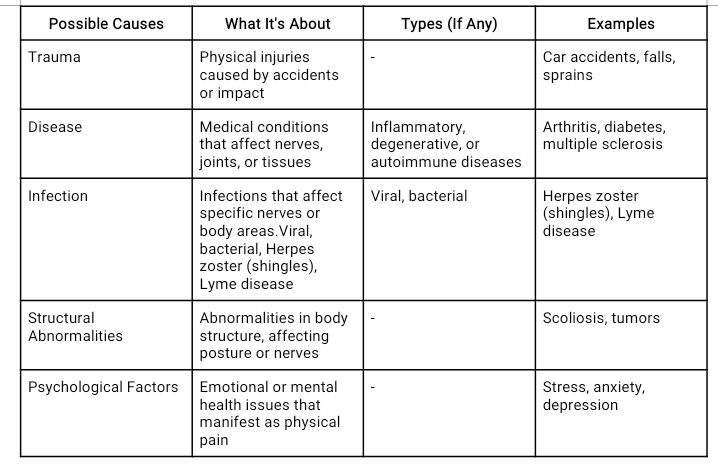Pain in the body can feel very invasive and disruptive, especially when it’s just one side of your body. Pain like this is called unilateral pain which can affect your head, limbs, or back. Unilateral pain is that nagging discomfort you feel on one side of the body. This is a confusing pain because it often doesn’t seem to have an obvious cause like some medical conditions.
Some pain that affects both sides at the same time is often linked to nerve compression, muscle strain, or conditions such as sciatica and migraines. This pain could have you thinking there’s a lot of things wrong with you, but you’re not alone in this. Unilateral pain is more common than you’d think.
For instance, one-sided headaches from migraines affect millions of people worldwide, with a whooping percentage of 12 of the global population. However, while it’s common, it’s important not to brush off or ignore such pain, because pain like this can be a sign of something more serious. In this article we’re going to look at the types, symptoms, and causes of unilateral pain.

Types of Unilateral Pain
When you are dealing with pain on one side of the body, it can feel frustrating, especially when you can’t figure out what’s causing it. There are different types of unilateral pain, and when you understand exactly the kind of pain you’re experiencing, it makes it easier to find relief.
Neuropathic Pain: To be honest, this is probably the toughest type to manage because it’s tied to nerve damage. It’s often like a sharp, burning, or stabbing pain that just won’t go away. Even the smallest movement is unbearable.
When we talk about nerve damage, it means that the nerves malfunction and send pain signals that are hard to ignore. For example, if you’ve ever heard of phantom limb pain, where someone feels pain in a missing limb or trigeminal neuralgia, which causes severe facial pain, you’ll know how intense this type of pain can be.
Musculoskeletal Pain: If you’ve injured a muscle, tendon, or joint, you know how painful it can be. You can randomly have flashbacks of the pain you felt every time you moved. This pain makes everyday activities challenging.
For example, if you have a herniated disk, it causes you to have sharp pain on one side of your back. Even a rotator cuff tear can leave you with a throbbing and weak shoulder.
Vascular Pain: Sometimes, your blood vessels can be the source of your pain, which comes off like a throbbing or pulsing sensation that’s hard to shake off. Poor circulation of blood or blocked vessels can lead to unilateral pain.
An example is migraines, which can bring with it intense one-sided headaches, while Raynaud’s disease brings with it a cold sensation in certain parts of the body due to reduced blood flow.
Cancer Pain: Sometimes cancer can cause pain that is targeted at one side of the body, depending on the original site of the cancer.
Inflammatory Pain: Conditions like arthritis can cause swelling and painful flare-ups, which could result in the side of your body feeling stiff.
Psychological Pain: This one may sound a little weird but some pain may not be caused by physical damage. Stress or emotional trauma can manifest itself as delineating pain on one side of your body, adding to your frustrations.
Symptoms of Unilateral Pain
- Pain one one side of the body
- Sharp or burning sensation
- Throbbing or pulsing pain
- Numbness or tingling of certain body areas
- Swelling or stiffness in the joints or muscles on one side
- Sensitive to touch
Causes of Unilateral Pain

Bottom Line
Unilateral pain can be really frustrating, especially when it feels like there’s no clear reason for it. That nagging, one-sided pain can throw you off, whether it’s sharp, pulsing, or just plain uncomfortable.
It’s easy to feel confused or even scared when you don’t know what’s going on.
But here’s the thing; you’re not alone. Tons of people go through this kind of pain, and while it’s common, it’s important to pay attention to it.
Sometimes, it can be a sign of something more serious like arthritis, infections, and even worse cancer.

















